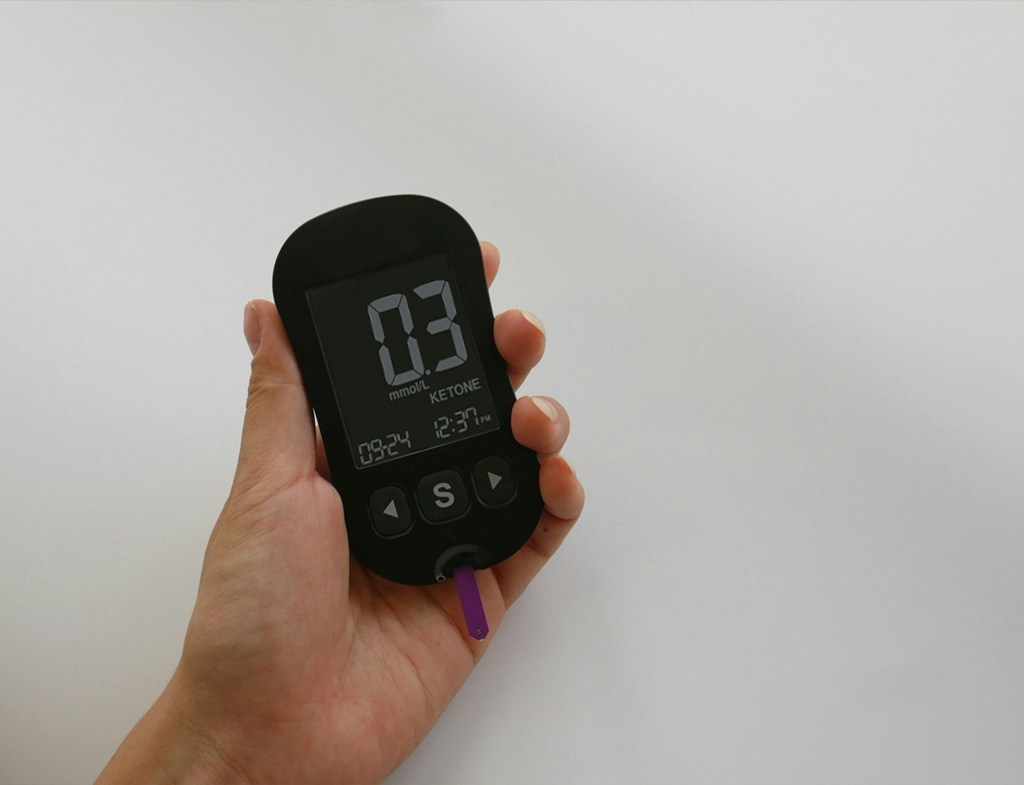Ketones are the natural fuel for the brain
You’ve probably heard that brain cells need glucose and that’s why you need to eat high carb foods. Well, it’s true, but not completely correct.
If you eat standard western diet high in carbohydrates, and eat on average 6 or more times a day, indeed your body will use glucose for energy most of the time, excluding periods of overnight fasting.
It means that your brain cells almost most of the time use glucose for energy.
But if you are on a low-carb, ketogenic diets and/or doing intermittent fasting, then there are periods in a day, and in case of keto it can be throughout the day, that you brain cells will switch to using ketones for energy plus using glucose too.
If your doing prolonged fasts longer than 24 hours, say 48 hours or more or strict ketogenic diet, then brain cells will switch to using ketones as the main energy source.
Push-Pull strategy1
In his lecture prof. Stephen Cunnane described an interesting finding that brain cells consumption of glucose is independent of the level of glucose in blood. He calls this glucose pull. It means that brain will use more glucose for energy only when brain cells are more active, say you are thinking hard on a particular task, like playing chess.
It means that even if you consume a lot of sugar, energy drinks, fruits etc., it won’t help your brain metabolism, unless your brain works harder.
On the other hand, if there are ketones in your blood, then brain will try to use them as a fuel preferentially as much as possible. It means that when the level of ketones increases in the blood, brain cells will use more of them. Prof. Stephen Cunnane call this push of ketones.
Takeaway
To summarize, brain cells do need glucose, but glucose neither most efficient nor preferred brain fuel.
The use of both glucose and ketones as the brain’s two main fuels is governed by five principles: First, two distinctly different strategies regulate the use of glucose and ketones by the brain, a concept we call ’Push-Pull’ (Cunnane et al., 2016a, b). Brain glucose uptake is controlled by brain cell activity. Glucose is transported into the brain via glucose transporters in response to brain cell activation (Pull), so it is largely independent of blood glucose concentration. In contrast, ketones are transported into the brain via monocarboxylic acid transporters directly in response to plasma ketone concentration (Push), not brain activity. Hence, when ketones rise in the blood, they are immediately transported into the brain, an effect not seen with glucose.
- Cunnane SC, Courchesne-Loyer A, Vandenberghe C, St-Pierre V, Fortier M, Hennebelle M, Croteau E, Bocti C, Fulop T and Castellano C-A (2016) Can Ketones Help Rescue Brain Fuel Supply in Later Life? Implications for Cognitive Health during Aging and the Treatment of Alzheimer’s Disease. Front. Mol. Neurosci. 9:53. doi: 10.3389/fnmol.2016.00053 ↩︎


